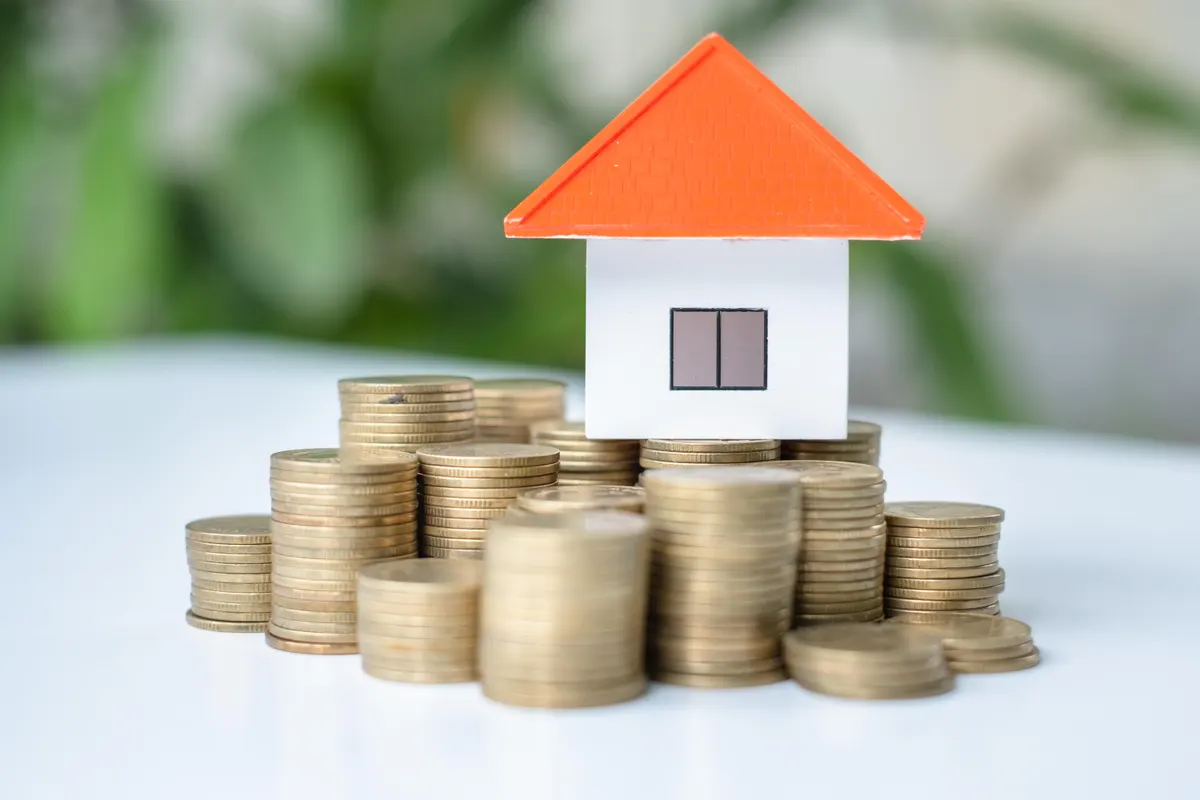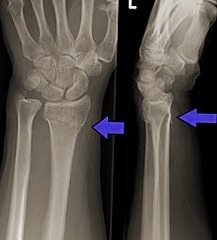How To Leverage One Property To Buy Another?
Are you interested in purchasing a second property but don’t have enough savings for a down payment? Leveraging one property to buy another can be an intelligent way to finance your second property purchase.
Evaluate your current property.
The first step in leveraging one property to buy another is to evaluate your current property. Consider factors such as its location, condition, and rental income potential. This will help you determine whether it’s a good candidate for leveraging.
Determine your equity
Equity is the difference between the current market value of your property and the amount you owe on your mortgage. You need to have a significant amount of equity to leverage your property. Lenders typically require at least 20% equity in your property to qualify for a loan.
Apply for a home equity line of credit (HELOC)
A home equity line of credit (HELOC) allows you to borrow against the equity in your property. This can be an intelligent way to finance your second property purchase. With a HELOC, you can withdraw funds as needed and only pay interest on the amount you borrow.
Get a cash-out to refinance
A cash-out refinance allows you to refinance your existing mortgage and take out a larger loan. The difference between the original mortgage and the new loan amount is paid out in cash. This can be a good option if you have a low mortgage interest rate and want to access your equity.
Consider a bridge loan.
A bridge loan is a short-term loan that can be used to finance the purchase of a second property while you wait for the sale of your first property to close. Bridge loans typically have high-interest rates and fees, so they should only be used as a last resort.
Partner with another investor
Partnering with another investor can be a way to leverage your current property to purchase a second property. This can be done through a joint venture or a limited liability company (LLC). By pooling your resources, you can increase your purchasing power and share the risks and rewards of the investment.
How to buy multiple properties with one property?
One way to buy multiple properties with one property is through a process called cross-collateralization. This involves using equity in one property to secure a loan for another property. Here are the general steps to follow:
- Identify the property with the most equity, which will be used as collateral.
- Work with a lender to secure a loan using the equity in the collateral property.
- Use the loan to purchase additional properties.
- Repeat the process to buy more properties, using the newly acquired properties as collateral for future loans.
Cross-collateralization can be complex, and working with a knowledgeable lender who can guide you through the process is essential.
Can I leverage in property?
Yes, leveraging in property involves using borrowed funds to purchase real estate. This allows you to invest in properties you may not be able to afford outright, increasing your potential returns. However, leveraging also comes with risks, such as higher debt levels and potential loss of equity if the property value declines.
What is a good leverage ratio in real estate?
The ideal leverage ratio in real estate depends on several factors, including the property type, location, and market conditions. Generally, a leverage ratio of 70% or less is considered conservative and may be a good starting point for investors. However, it’s essential to consider the risks associated with leveraging and ensure you have a solid plan for managing debt.
How much does it cost to leverage a house?
The cost of leveraging a house depends on several factors, including the loan amount, interest rate, and loan terms. Generally, you can expect to pay closing costs ranging from 2% to 5% of the loan amount. You may also be required to pay mortgage insurance or other fees, depending on your loan type. It’s essential to work with a lender to understand the costs associated with leveraging a house and ensure you can afford the monthly payments and other expenses.
Read More: How to Buy Multifamily Property?
FAQs
What is equity?
Equity is the difference between the current market value of your property and the amount you owe on your mortgage.
How much equity do I need to leverage my property?
Lenders typically require at least 20% equity in your property to qualify for a loan.
What is a home equity line of credit (HELOC)?
A home equity line of credit (HELOC) allows you to borrow against the equity in your property. With a HELOC, you can withdraw funds as needed and only pay interest on the amount you borrow.
What is a cash-out refinance?
A cash-out refinance allows you to refinance your existing mortgage and take out a larger loan. The difference between the original mortgage and the new loan amount is paid in cash.
What is a bridge loan?
A bridge loan is a short-term loan that can be used to finance the purchase of a second property while you wait for the sale of your first property to close.
Conclusion
Leveraging one property to buy another can be an intelligent way to finance your second property purchase. You can increase your purchasing power and grow your real estate portfolio by evaluating your current property, determining your equity, and exploring financing options such as a HELOC, cash-out refinance, or bridge loan.














